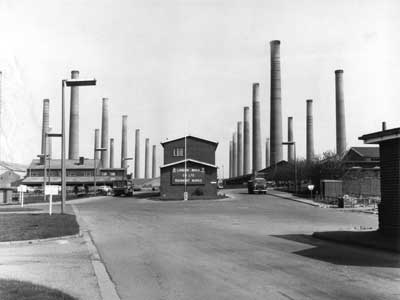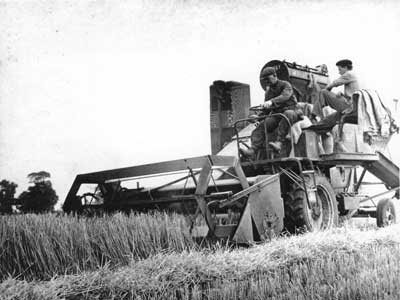

With its 25 chimneys, this was said to be the second largest brickworks in the world. It had its own 2' and 2' 5.5" gauge locomotive-hauled railway systems, connecting to the existing Bletchley-Bedford railway line.
The brickworks was closed in 1981 and demolished in the late 1990's to be redeveloped into the Marston Gate distribution centre.
Wages in Brogborough were based on piecework, so were much higher than those earned by those in Ridgmont working for the Bedford Estates. One resident recalls "how he left his job on a farm and went to work in the brickworks, where his wages almost trebled overnight".


The land around Ridgmont was, and still is, owned by the Bedford Estate. This is mostly arable land.
There were two dairies in and around Ridgmont - Warren farm opposite the school and Flying Horse farm on the road to Ampthill. During wartime, milk was delivered by horse and cart rather than in the electric milk floats that we know today.
